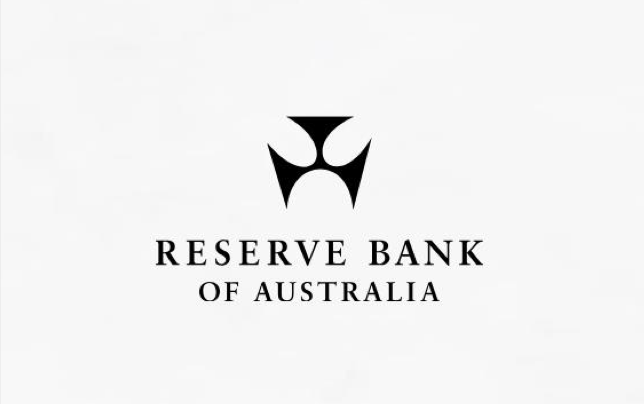
The Global Financial Centres Index
QFC: The Global Financial Centres Index (№17, March’15): New York (1), Hong Kong (3), Singapore (4), Moscow (75)
The GFCI provides profiles, ratings and rankings for financial centres, drawing on two separate sources of data – instrumental factors and responses to an online survey. The GFCI was created in 2005 and first published by Z/Yen Group in March 2007. The GFCI is updated and republished each September and March. This is the seventeenth edition (GFCI 17). 96 financial centres are actively researched. 82 financial centres appear in GFCI 17. 14 ‘associate centres’ will join the index when they receive sufficient assessments.
The main headlines of GFCI 17 are:
New York, London, Hong Kong, and Singapore remain the fourleading global financial centres. All four centres gained points and retain their relative ranks. New York remains the top centre, though by only one point on the 1,000 point scale. Tokyo, in fifth place, is 32 points behind the leaders.
Western European centres are a mixed bunch. The top five European centres are in the same rank order as in GFCI 16 – London, Zurich, Geneva, Luxembourg, and Frankfurt. Dublin sees the largest increase in ratings. The Channel Islands regain ground lost in GFCI 16. Athens, Rome, Madrid, Lisbon, and Reykjavik languish as the Euro-zone crisis continues.
Eastern European and Central Asian centres decline. Istanbul, Almaty, Prague and Warsaw all saw their ratings decline. Uncertainty in Ukraine has undoubtedly cast a shadow over this region.
Eleven ofthe top twelve Asia/Pacific centres see a rise in theirratings and rankings. Busan had the largest rise, followed by Shenzhen and Taipei. The Chinese centres all rose. Dalian, a new entry to the index, entered in 51st place.
Four ofthe top five North American centres were up in the ratings. San Francisco is slightly down, losing some of the ‘fintech’ gains made in GFCI 16. Chicago, Boston, and Toronto all showed small improvements in the ratings.





